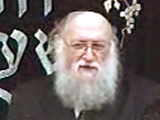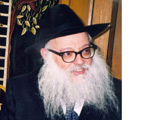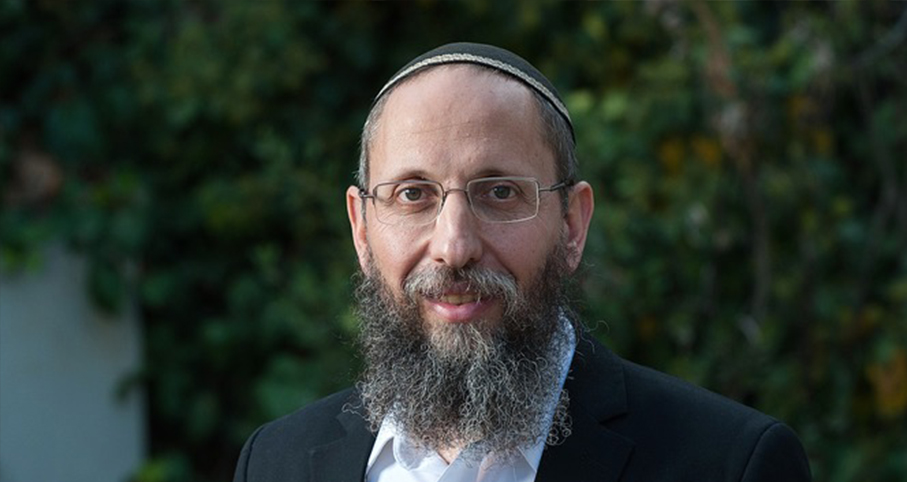Beit Midrash
- Sections
- Chemdat Yamim
- Ein Ayah
When Rav Ami and Rav Asi would have bread from an eiruv, they would make the beracha of "hamotzi lechem min ha’aretz" on it. They would explain: "Since one mitzva was done with it, it is proper to do another mitzva with it."
Ein Ayah: This gemara includes a moral lesson, as we will explain. There are two ways for a person to increase the shleimut (completeness) of the things with which he comes in contact as he serves Hashem: quantitatively and qualitatively.
The quantitative approach is to increase the number of items that he injects with sanctity, even if each one will be improved only to a small degree. The qualitative approach is to try to advance, to the fullest extent possible, that which is most fitting for advancement. The rationale for this approach is that from the advancement of one item there will trickle down a gain for the masses.
Based on the qualitative approach, Chazal instructed us to have many students (Avot 1:1) and otherwise expand Torah study among those groups who are most capable of absorbing it. This is considered preferable to spreading out our energies between the various shuls of the relatively ignorant [an interesting comment, which is interesting to check in a historical perspective in Rav Kook’s life. Certainly, he does not mean that no one should be teaching the uninitiated but that those who have the ability to impact significantly on the higher echelons should give that priority over teaching the masses on a lower level.]
On a national level, this is true as well. Israel is to raise its level in Torah and fear of Hashem instead of wandering to light up the various nations of the world with the light of Hashem to the small degree that they are prepared to accept. The idea behind this, both in the individual and the national context, is that when there is a great light that shines upon the more fully complete people, a light will also shine on those who are much less complete. In contrast, if one focuses his efforts on the masses and thereby uses up his energies, there will not be anyone who reaches the desired level of shleimut, and the proper goal would be missing.
In this light, the Rabbis instructed that an object that was involved in a mitzva should be involved in additional ones to advance it, instead of using other objects that were not involved in any mitzvot and thereby sanctifying them partially. This is because more complete shleimut of the few is preferable to beginning to advance that which, until this point, totally lacks shleimut. This idea is true regarding a variety of areas of wisdom and craftsmanship. The world will be more advanced by producing great experts in limited fields than by having one absorb superficial expertise in many fields.
We also learn that a mitzva impacts on all of existence. An object that was involved in a mitzva receives a part of this element to the extent that it has an advantage over other objects. This can be understood philosophically, that service of Hashem elevates a person and indeed the entire world. It elevates living things from lowliness through the power of wisdom and righteousness that it receives from the light of Hashem. Every creation should serve for the purpose for which it was created. This realization should encourage man to look onto creation in a positive light and make him want to improve every object according to its value. After all, Hashem created them for a high purpose, and we should not take away their "honor." Upon getting used to the approach of respect for objects, a person should internally reason that it is certainly morally unacceptable to withhold respect from a human being, who is created in Hashem’s image. It should also help internalize that good actions leave a long-lasting positive impact of blessing and good fortune. That is why we show respect for the mitzva done by reusing the object for another mitzva and contemplating the moral lessons.

Guide- Not Deride
Ein Aya Shabbat 5, 15
Rabbi Ari Shvat | Shvat 5783

Who Cares Who Said What?! Why Rabbis Always Quote
Ein Aya Shabbat 5,13
Rabbi Ari Shvat | Shvat 5783

The Difference of the Two Temples
Various Rabbis | 5770





















